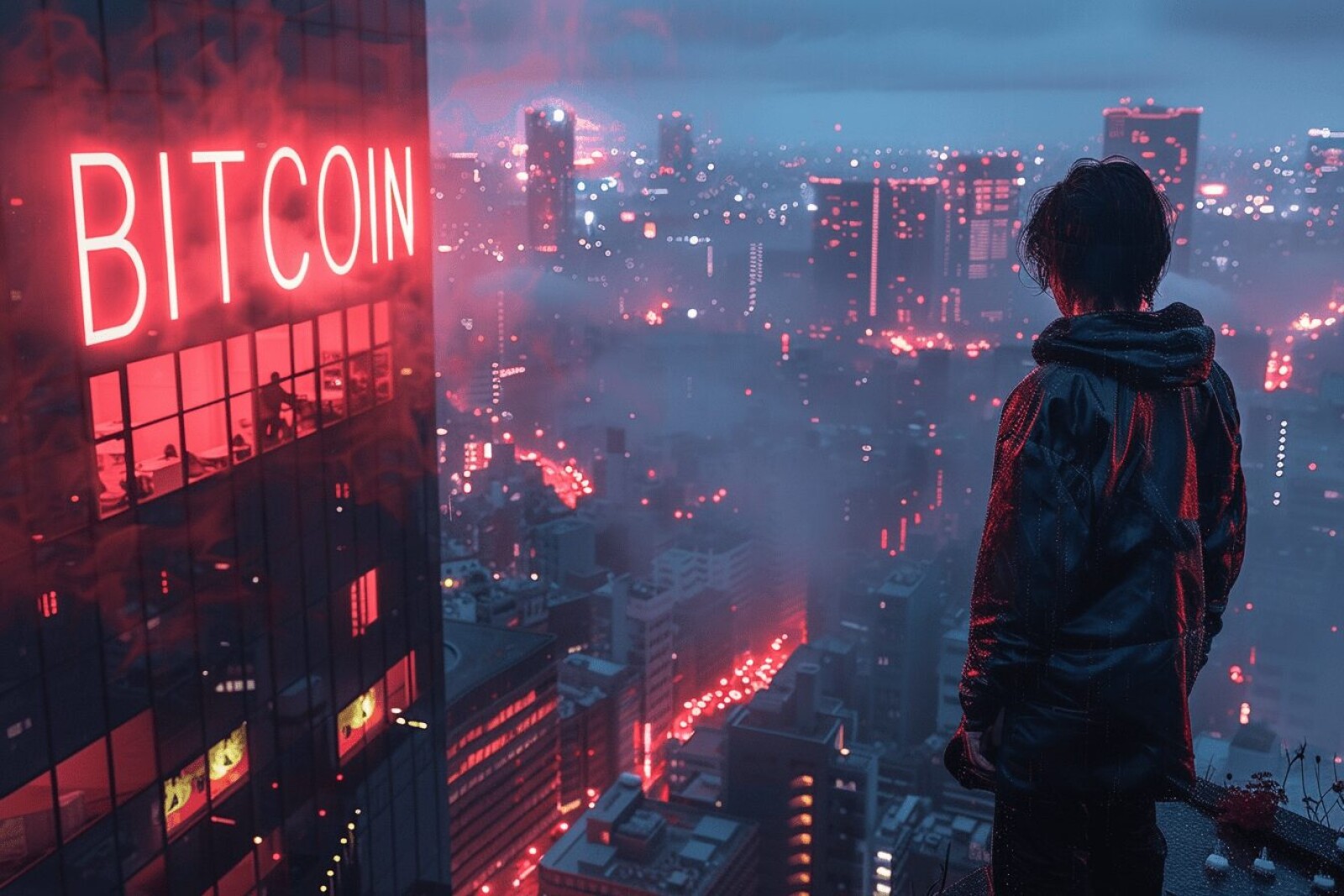
Isabella Chainmore
Behind the Scenes: The Creation Process of NFTs

The creation of NFTs involves more than just producing digital art; it encompasses a detailed process that ensures the uniqueness, ownership, and value of the digital asset. From concept to minting, here’s an in-depth look at the steps involved in creating NFTs and bringing digital art to the blockchain.
Conceptualizing the Art
The first step in creating an NFT is conceptualizing the art. Artists need to decide on the theme, style, and message they want to convey through their digital work. This involves brainstorming ideas, sketching concepts, and refining the vision. The uniqueness of the concept is crucial, as it can significantly influence the NFT’s value and appeal.
Creating the Digital Artwork
Once the concept is finalized, the next step is creating the digital artwork. Artists use various tools and software, such as Adobe Photoshop, Illustrator, or specialized 3D modeling programs like Blender, to bring their vision to life. This phase involves meticulous attention to detail, as the quality of the artwork directly impacts its desirability and value.
Artists may also experiment with different mediums, such as animation, audio, or interactive elements, to enhance the appeal of their NFTs. The choice of medium depends on the artist’s skills and the intended experience for the audience.
Preparing for Minting
After the digital artwork is complete, it’s time to prepare for minting. This involves choosing the right blockchain platform and marketplace for the NFT. Popular platforms like Ethereum, Binance Smart Chain, and Tezos offer different features, costs, and audiences, so artists need to select the one that best suits their needs.
Artists also need to set up a digital wallet compatible with the chosen blockchain. This wallet will store the NFT and any cryptocurrency used for transactions. Popular wallets include MetaMask, Trust Wallet, and Coinbase Wallet.
Minting the NFT
Minting is the process of converting the digital artwork into an NFT on the blockchain. Here’s how it typically works:
Uploading the Artwork: The artist uploads the digital file (image, video, audio, etc.) to the chosen NFT platform.
Adding Metadata: Metadata includes details about the NFT, such as the title, description, creator information, and any special attributes. This information is crucial for identifying and valuing the NFT.
Setting Royalties: Artists can specify royalties, which are a percentage of future sales that they will receive whenever the NFT is resold. This ensures ongoing income for the creator.
Minting the Token: Once all details are added, the artist mints the NFT by paying a transaction fee (often called a “gas fee”). This process records the NFT on the blockchain, creating a unique, verifiable digital asset.
Listing and Selling the NFT
After minting, the NFT is ready to be listed for sale on the chosen marketplace. Artists can set a fixed price or opt for an auction, where buyers place bids, and the highest bidder wins. The listing should include high-quality visuals, a compelling description, and any relevant information about the artwork’s creation and significance.
Marketing plays a vital role in selling NFTs. Artists need to promote their work through social media, online communities, and collaborations with influencers or other artists to reach potential buyers.
Engaging with the Community
Successful NFT creators often engage with their community of collectors and fans. This can involve hosting virtual events, participating in discussions, and providing updates about new projects. Building a loyal and active community can significantly enhance an artist’s reputation and increase the demand for their NFTs.
Managing and Tracking the NFT
Once sold, artists and collectors can track the NFT’s performance, including its sales history and price fluctuations, through the blockchain. This transparency ensures trust and accountability in the NFT market. Artists can also monitor their royalties from secondary sales, providing ongoing financial benefits.
The Future of NFT Creation
The process of creating NFTs is constantly evolving, with new tools and platforms emerging to simplify and enhance the experience. Here are a few trends to watch:
Improved Minting Platforms: User-friendly platforms with lower fees and faster transaction times will make minting more accessible to a broader range of artists.
Interactivity and Immersion: Advances in technology will enable more interactive and immersive NFT experiences, such as virtual reality (VR) and augmented reality (AR) art.
Sustainability: As environmental concerns grow, more eco-friendly blockchain solutions and platforms will emerge, reducing the carbon footprint of NFT creation.
In conclusion, the creation of NFTs involves a multifaceted process that combines artistic creativity with blockchain technology. By understanding the steps involved, from concept to minting, artists can successfully navigate the world of NFTs and bring their digital art to a global audience. As the industry evolves, new opportunities and innovations will continue to shape the future of NFT creation.













